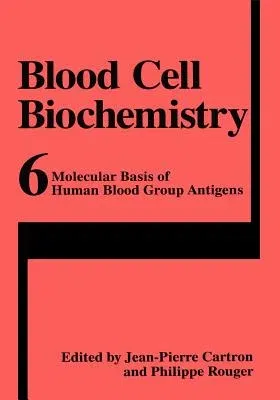Molecular Basis of Human Blood Group Antigens (1995)Paperback - 1995, 31 January 1995

Qty
1
Turbo
Ships in 2 - 3 days
In Stock
Free Delivery
Cash on Delivery
15 Days
Free Returns
Secure Checkout
Part of Series
Blood Cell Biochemistry
Part of Series
Language of Science
Print Length
492 pages
Language
English
Publisher
Springer
Date Published
31 Jan 1995
ISBN-10
030644853X
ISBN-13
9780306448539
Description
Product Details
Book Edition:
1995
Book Format:
Paperback
Country of Origin:
US
Date Published:
31 January 1995
Dimensions:
25.4 x
17.78 x
2.62 cm
ISBN-10:
030644853X
ISBN-13:
9780306448539
Language:
English
Location:
New York, NY
Pages:
492
Publisher:
Weight:
879.97 gm

